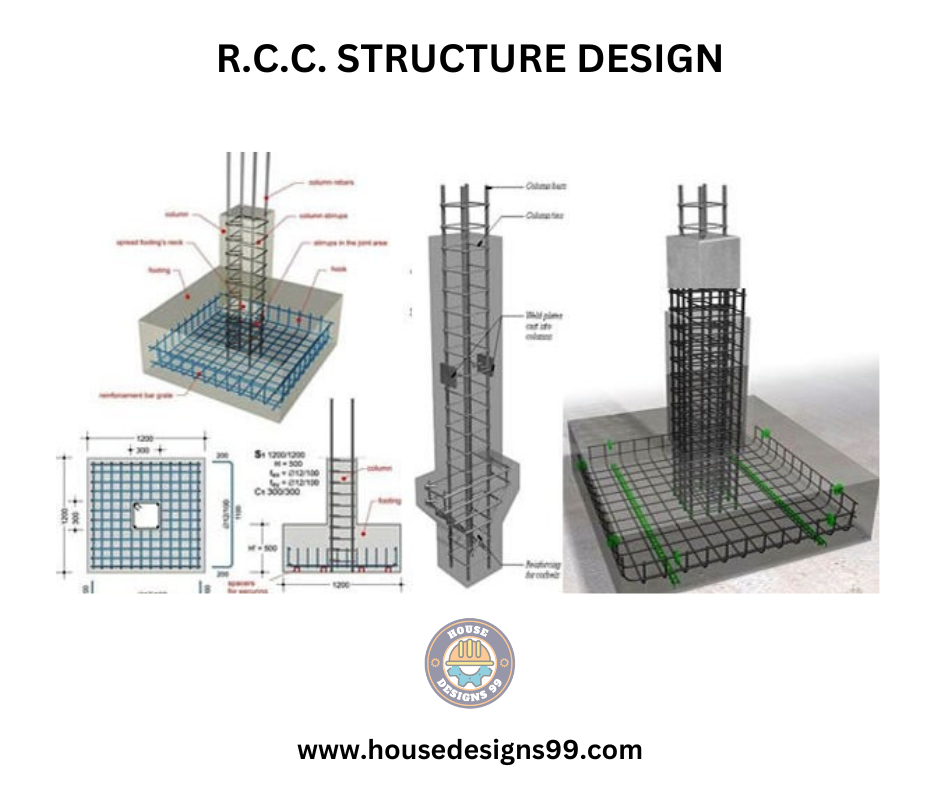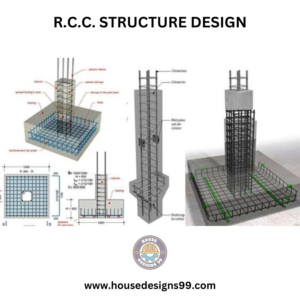Single-storied buildings are increasingly becoming the preferred choice for modern homeowners and architects alike. Their simplicity, cost-effectiveness, and ease of maintenance make them an attractive option. In this article, we will explore the key aspects of single-storied building structure design, focusing on functionality, aesthetics, and sustainability.
Maximizing Functionality
When designing a single-storied building, maximizing functionality is paramount. This involves thoughtful spatial planning to ensure that every square foot is utilized efficiently. Open floor plans are a popular choice as they provide a sense of spaciousness and flexibility. Incorporating multi-purpose rooms, such as combining a living area with a dining space, can further enhance functionality.
Aesthetic Considerations
Aesthetics play a crucial role in single-storied building structure design. The exterior should harmonize with the surrounding environment while also reflecting the homeowner’s personal style. Modern designs often feature clean lines, large windows, and the use of natural materials such as wood and stone. The interior design should create a cohesive flow, with attention to details like lighting, color schemes, and furniture placement.
Sustainability and Energy Efficiency
Incorporating sustainability into single-storied building structures is not only environmentally responsible but also cost-effective in the long run. Utilizing energy-efficient materials and technologies, such as solar panels, high-performance insulation, and energy-efficient windows, can significantly reduce the building’s carbon footprint. Additionally, designing the building to maximize natural light and ventilation can reduce the need for artificial lighting and air conditioning.
In conclusion, single-storied building structure design offers a blend of functionality, aesthetic appeal, and sustainability. By focusing on these key aspects, architects and homeowners can create beautiful, efficient, and eco-friendly living spaces that meet modern living standards.




